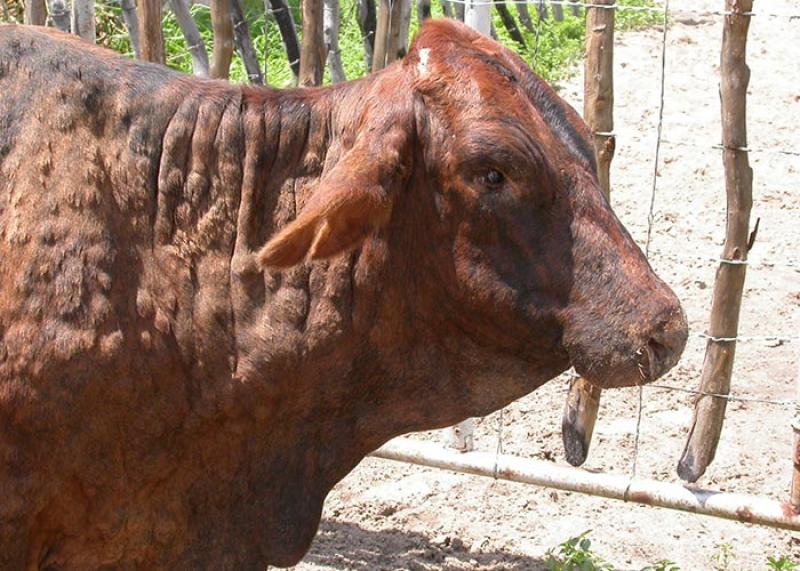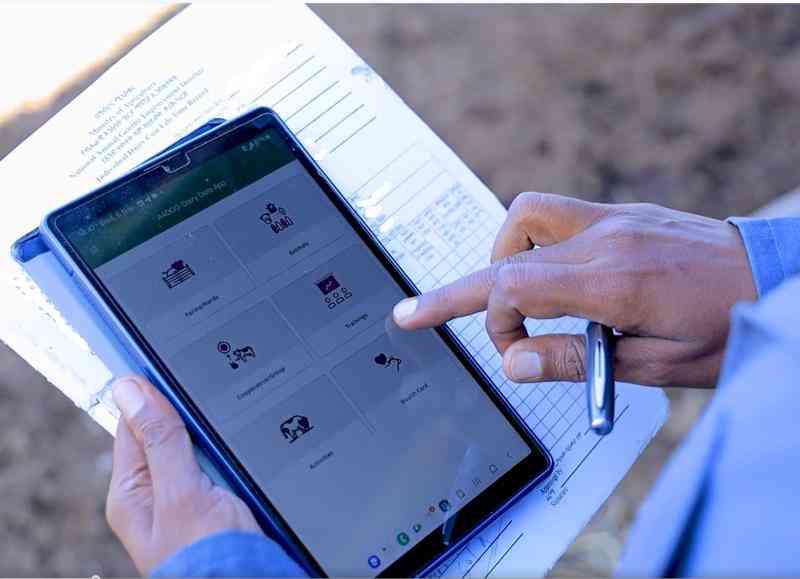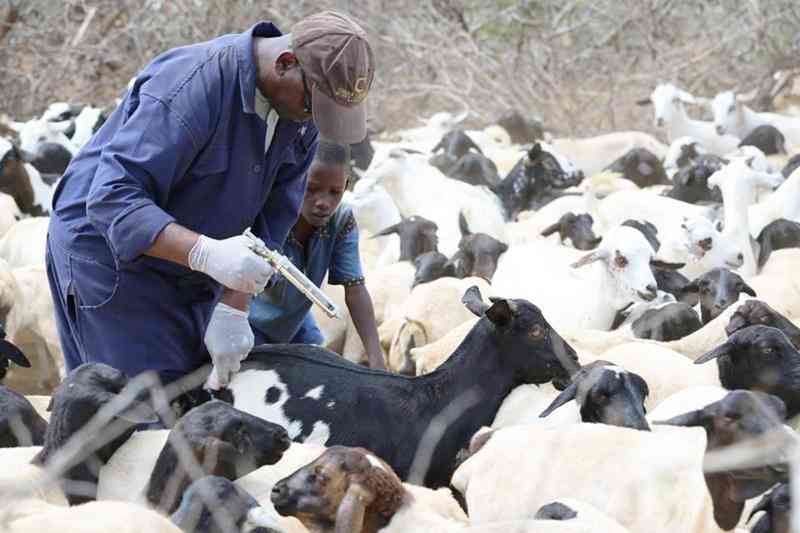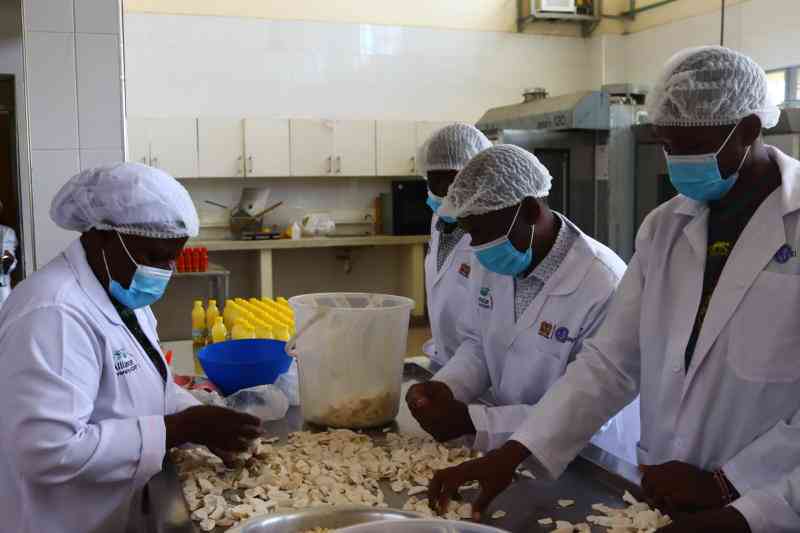
Lumpy skin disease is an infectious disease of cattle characterized by the eruption of cutaneous nodules on any part of the body, fever, emaciation, enlarged lymph nodes, edema of the skin, and sometimes death.
The disease is of economic importance because it causes reduced production particularly in dairy herds and damage to the hide.
The mortality rate of Lumpy Skin Disease can go as high as 40 percent or more. Severe and permanent damage to hides results from the skin lesions. Lesions in the mouth, pharynx, and respiratory tract commonly occur, resulting in a rapid deterioration in condition and sometimes severe emaciation, which can persist for months. Serious economic losses can follow outbreaks that have high morbidity.
Only cattle get LSD.
How Animals get LSD?
Its caused by a virus [capripox virus].
Animals are bitten by insects like mosquitoes that suck blood act as a source of infection to other animals.
It is common in wet areas with many insects
Imported breed of cattle get the disease more easily than local cattle
What are the Signs of Lumpy Skin Disease?
LSD is an acute infectious disease of cattle of all ages.
There can be a fever of 40 to 41.5 °C, with lachrymation, possible anorexia, some depression, and a reluctance to move.
Shortly afterward, the characteristic skin lumps develop; they may cover the whole body or be restricted to the head, neck, perineum, udder, genitalia, or limbs.
The regional superficial lymph nodes are enlarged and edematous.
There is an increase in nasal and oropharyngeal secretions, which may be associated with the development of lesions on the muzzle and in the mouth. They may be found anywhere in the oropharynx and the upper respiratory tract.
There are mucopurulent discharges from the mouth and nostrils, persistent dribbling of saliva, coughing, and often stertorous respiration. Conjunctivitis and keratitis may be seen.
Infected cattle may develop edematous and inflammatory swellings of the brisket and one or more limbs. The sheath of bulls can be similarly affected. Secondary infection can develop as the lesions become hard and necrotic. Lesions may harden and remain in situ. They may also slough away to leave a hole of full skin thickness, known as "sit fast". Extensive sloughing of necrotic skin from the udder or limbs can occur when they have become enlarged and edematous. At this stage that the lesions constitute prime sites for oviposition by the screwworm fly.
The mouth lesions interfere with feeding; milk production ceases and udder and teat lesions may result in serious infections with the sloughing of necrotic tissue.
Limb lesions can severely restrict movement. Painful lesions on the genitalia of bulls interfere with their ability to serve for many weeks. Estrus is suppressed during the periods of severe debility.
Lesions in the skin, subcutaneous connective tissue, and muscles of the limbs, together with the severe skin inflammation caused by secondary infection of the lesions, greatly reduce mobility. Under nomadic pastoral conditions, animals affected in this manner may rapidly succumb to dehydration and starvation, thus increasing losses.
Pneumonia is a common sequel in animals with lesions in the mouth and respiratory tract. Abortions often follow outbreaks of LSD and calves have been born with extensive skin lesions, presumably acquired by intrauterine infection.
Occasionally the disease is very mild animals only have a lower fever and lumps on the skin that heals n about 6 weeks
How to Prevent Lumpy Skin Disease?
Vaccination for lumpy skin disease is effective and is the choice for prevention as well as control of the disease
Vaccinate healthy animals once every year.
Want to get latest farming tips and videos?
Join Us
 The Standard Group Plc is a multi-media organization
with investments in media platforms spanning newspaper print operations,
television, radio broadcasting, digital and online services. The Standard Group
is recognized as a leading multi-media house in Kenya with a key influence in
matters of national and international interest.
The Standard Group Plc is a multi-media organization
with investments in media platforms spanning newspaper print operations,
television, radio broadcasting, digital and online services. The Standard Group
is recognized as a leading multi-media house in Kenya with a key influence in
matters of national and international interest.
 The Standard Group Plc is a multi-media organization
with investments in media platforms spanning newspaper print operations,
television, radio broadcasting, digital and online services. The Standard Group
is recognized as a leading multi-media house in Kenya with a key influence in
matters of national and international interest.
The Standard Group Plc is a multi-media organization
with investments in media platforms spanning newspaper print operations,
television, radio broadcasting, digital and online services. The Standard Group
is recognized as a leading multi-media house in Kenya with a key influence in
matters of national and international interest.







